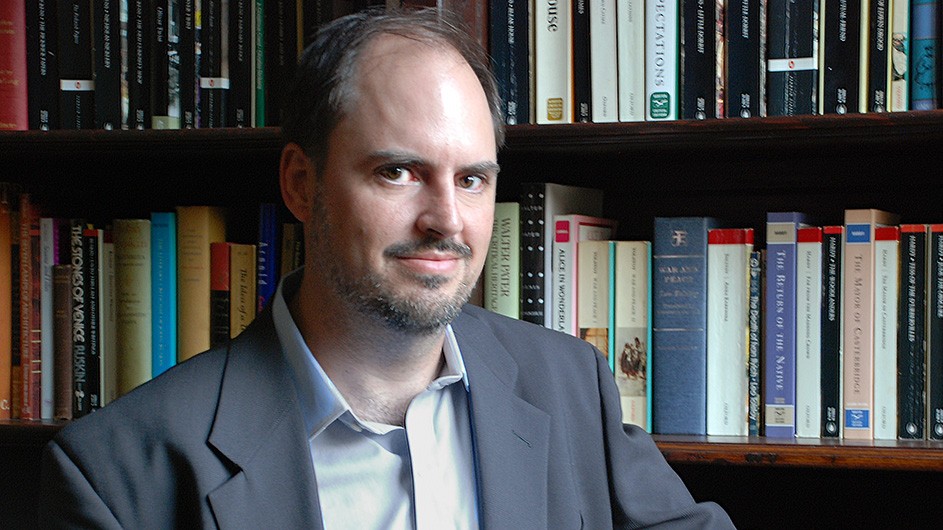In the days following the Notre-Dame fire, I was heartened to see Victor Hugo’s 1831 novel Notre-Dame de Paris climb up the French bestseller lists. Besides being an inescapable part of the cultural lore accumulated around the building, Hugo’s book involves ironies that the recent fire has only deepened. There is a famous scene (famous, at least, for historians of reading) centered on Claude Frollo, the cathedral’s archdeacon, an alchemist and complicatedly sinister figure. In one of Hugo’s typically brilliant scenic moments, Frollo holds a book printed in Nuremburg and looks out his window to the cathedral towers and roof, saying darkly: “Ceci tuera cela” [This will kill that]. He means that printing will kill the church, that a certain kind of age-old belief will be replaced by what Hugo calls “opinion.”
Hugo was echoing a mood of crisis around the rapid growth of the popular press in the 1830s, articulating it through a depiction of the mood of crisis around the invention of printing in the late 15th century. Now the novel is being read in another mood of crisis in France, occasioned not just by the fire but also by a long winter of social unrest. It’s what Hugo’s novel does very well: produce nostalgia for a world before something came apart and was lost. In France, as elsewhere right now, the time is ripe for this sentiment—a fear of obsolescence, replacement, demise.
